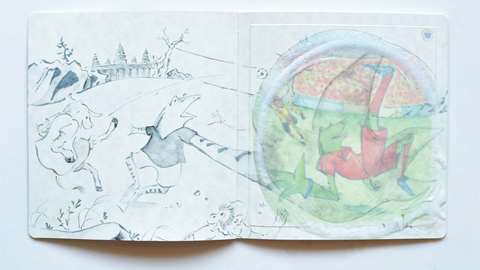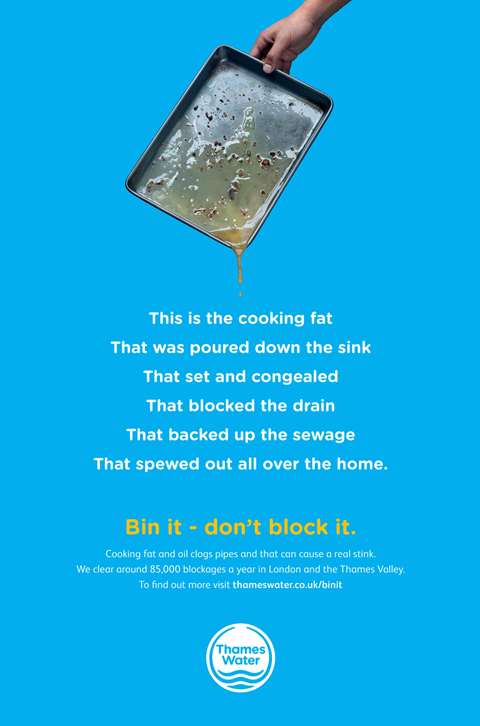The power of print at a glance
- Multi-sensory, 3-D, connected print marketing has the power to surprise and delight
- When it comes to channel choice, the obvious one isn’t necessarily the right one
- It’s always good to try something new – in fact, it’s the job of brands and agencies to push the boundaries of what’s possible. But make sure you do it well
When 50,000 select subscribers of the US edition of InStyle magazine flicked open the March issue and pulled out the included insert (a clever Toyota print advertisement), they were presented with two car door handles – modelled on those of the new 2018 Toyota Camry – which had to be gripped to gain access to a gatefold spread.
Inside, they discovered a pop-up replica of the car’s dashboard, complete with LCD monitor and the real scent of its leather interior. More interestingly, the simple act of touching the unique print advertisement also created a circuit connection that fed live data on the reader to a heart rate monitor embedded in the page.
The creators of this immersive, multi-sensory campaign for Toyota – Saatchi & Saatchi Dallas/Los Angeles, supported by Connecticut-based print marketing specialists Structural Graphics – reckon their layered, 3-D ‘connected’ execution is the first time an LCD monitor simulator has been built into a mag.
Probably because it’s anything but straightforward to do.
It had to be sturdy enough to survive being rolled up, thrown around, shoved into mail boxes and thumbed through.







